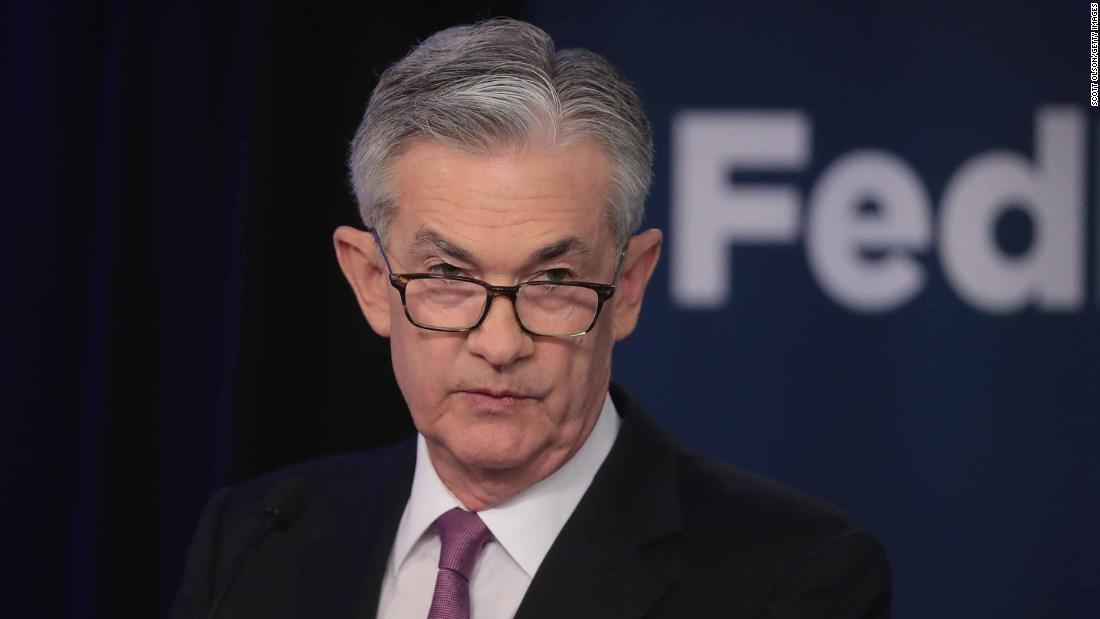European Central Bank President Mario Draghi said in a speech that he was open to boosting monetary stimulus if economic conditions in Europe don't improve. That could mean interest rate cuts or the revival of a quantitative easing program that involves creating new money to buy assets such as government bonds.
"In the absence of improvement, such that the sustained return of inflation to our aim is threatened, additional stimulus will be required," he said in Sintra, Portugal.
Draghi's remarks sent
stocks higher and drove the euro down as much as 0.3% against the US dollar.
They also provoked a reaction from Trump, who complained on social media that the weaker euro made it "easier" for Europe to "compete against the USA."
"They have been getting away with this for years, along with China and others," Trump said on Twitter, referring to Europe.
For Trump, the weakness of other currencies compared to the US dollar has been a frequent source of frustration. The president has long argued that China devalues its currency, the yuan, to make its exports more competitive.
At the same time, Trump has made clear that he wants a weaker US dollar. He has railed against Federal Reserve interest rate rises that have bolstered the greenback by making it more appealing to foreign buyers.
Currency war?
Jane Foley, a senior foreign exchange strategist at Rabobank, said that while Trump has "no issue" with making statements designed to weaken the dollar, such comments can be dangerous.
"Any economy that is suffering from a prolonged bout of undesirably low inflation is likely to favor a weak currency," Foley said in a research note. "If several economies find themselves in the same boat coincidentally, the prerequisite conditions for a currency war are set."
A currency war would see countries competitively slash the value of their money in order to gain an advantage on trade.
If the ECB does cut rates or resume quantitative easing, it would mark a dramatic shift.
Draghi, who will leave the central bank in October, had recently struck a
more hawkish tone.After a policy meeting
two weeks ago, he said that the ECB would hold rates until at least the middle of 2020.
"Draghi's comments appeared vigorously dovish and stand in high contrast to what he conveyed just earlier this month," FXTM market analyst Han Tan said in a note Tuesday.
But it's getting increasingly difficult for Draghi to maintain the status quo as signs of weakness in leading European economies pile up.
The ECB predicts that growth in the 19 countries that use the euro will slow to 1.2% this year from 1.8% in 2018. The forecast reflects ongoing concerns about Britain's potential departure from the European Union, and the negative effect of rising global trade tensions.
The latest piece of bad news came Tuesday, when Germany's ZEW indicator for economic sentiment plummeted far below expectations for June. It's now at its weakest since November.
The big problem for the European economy is that central bankers have limited ammunition.
Unlike the Fed, which has been raising rates in line with stronger US economic growth, the European Central Bank has held rates at record low levels. And the central bank only ended its huge bond purchase program in December after creating €2.6 trillion ($2.9 trillion) in new money.
Government bond yields dropped sharply in Europe following Draghi's comments on Tuesday. Lower yields, which move opposite prices, typically highlight investor concerns about economic growth.
The yield on Germany's benchmark 10-year bond dropped further into negative territory, hitting a new record low. The yield on France's 10-year bond briefly turned negative as well.
Let's block ads! (Why?)
https://www.cnn.com/2019/06/18/business/ecb-mario-draghi-interest-rates/index.html
2019-06-18 14:27:00Z
52780316494412





